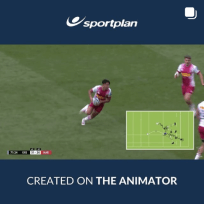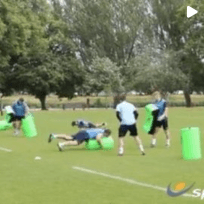Sportplan rugby has played a large role in my team's love for the game!
I'm currently using the Session planner, and would find it useful if i could change the colour of the text in certain areas. Is there any chance the editor is due an upgrade?
Hi. I coach a B level under 12 team at school with very mixed abilities. I cant get my boys to get up in a defensive line together or even come up in defense. Any drill very much appreciated.

in more ways than one




Here are the 5 ways that you can kickstart your 2025 in the correct way with Sportplan and make this the best coaching year you have had!

How did the Modern Olympics originally begin and why are they so culturally significant today?

The Professionalisation of Netball is changing the game. Here is how it is helping to develop the sport.
Coaches from around the world look to Sportplan for coaching confidence.